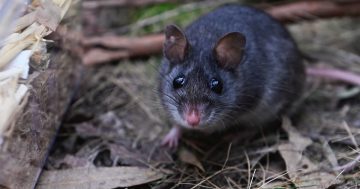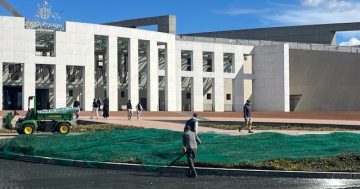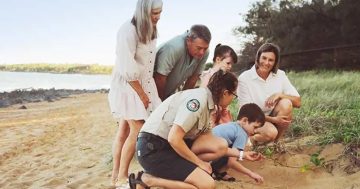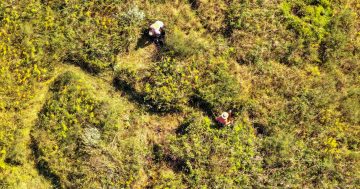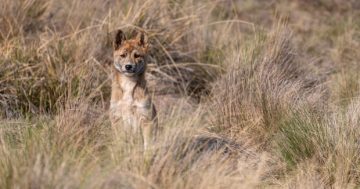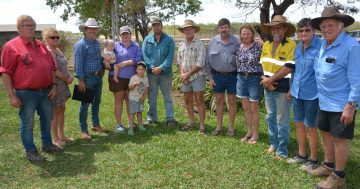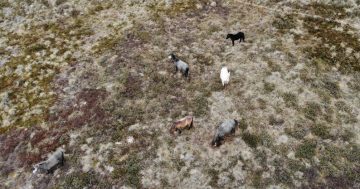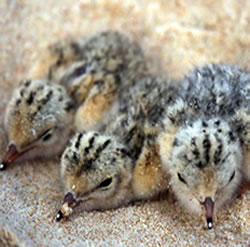 A successful operation by National Parks and Wildlife Service (NPWS) staff has seen more than 50 endangered seabird chicks take to the skies from Sawtell on the State’s north coast.
A successful operation by National Parks and Wildlife Service (NPWS) staff has seen more than 50 endangered seabird chicks take to the skies from Sawtell on the State’s north coast.
Area Manager at NPWS, Glenn Storrie said the endangered little tern breeding colony at Sawtell had enjoyed a bumper season and headed off on their 6,000 kilometre annual migration to the northern hemisphere.
“Migratory little terns returned to the regionally significant shorebird breeding site on the sand spit within Bongil Bongil National Park, south of Sawtell Headland, in December last year and slowly began to build in numbers,” Mr Storrie said.
“They were joined this year by three breeding pairs of endangered pied oystercatchers and a rare event of a pair of endangered sooty oystercatchers setting up a nest on the sandy beach,” he said.
“An occasional pair of endangered beach stone curlews were also seen on the spit but no breeding activity occurred.”
Mr Storrie said NPWS staff fenced off the breeding site and erected signs requesting park visitors to keep clear of the area when the number of nests approached 40 in mid-December.
He said the nests were widely spread and over 700 metres of temporary fencing required to mark out and enclose the vulnerable area.
“We were expecting a very busy summer with visitors to the national park due to COVID impacts restricting wider travel, but the big wet over the Christmas/New Year kept some people at home and this consequentially benefitted the nesting birds by limiting human disturbances,” he said.
“Coffs Coast Area field staff, who keep a close eye on the colony over the summer season, reported a high level of community support for our shorebird conservation work this year.”
Mr Storrie said it was clear the birds had also benefitted from the four months of feral animal control work that was conducted in the national park prior to their arrival.


